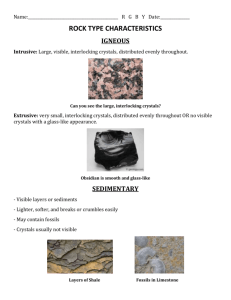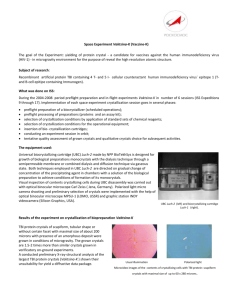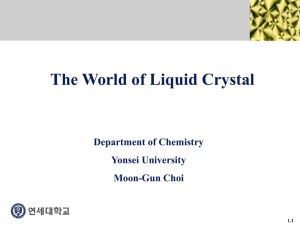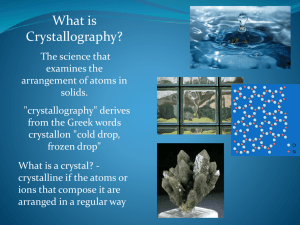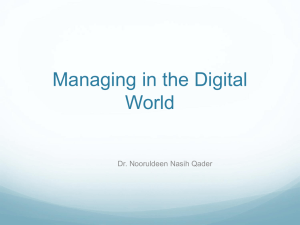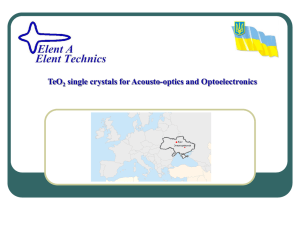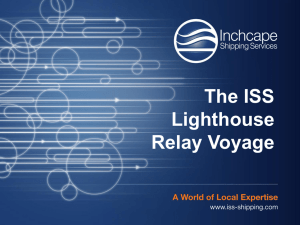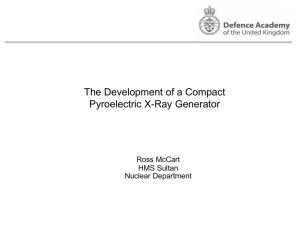Informational Documents: Research Questions
advertisement
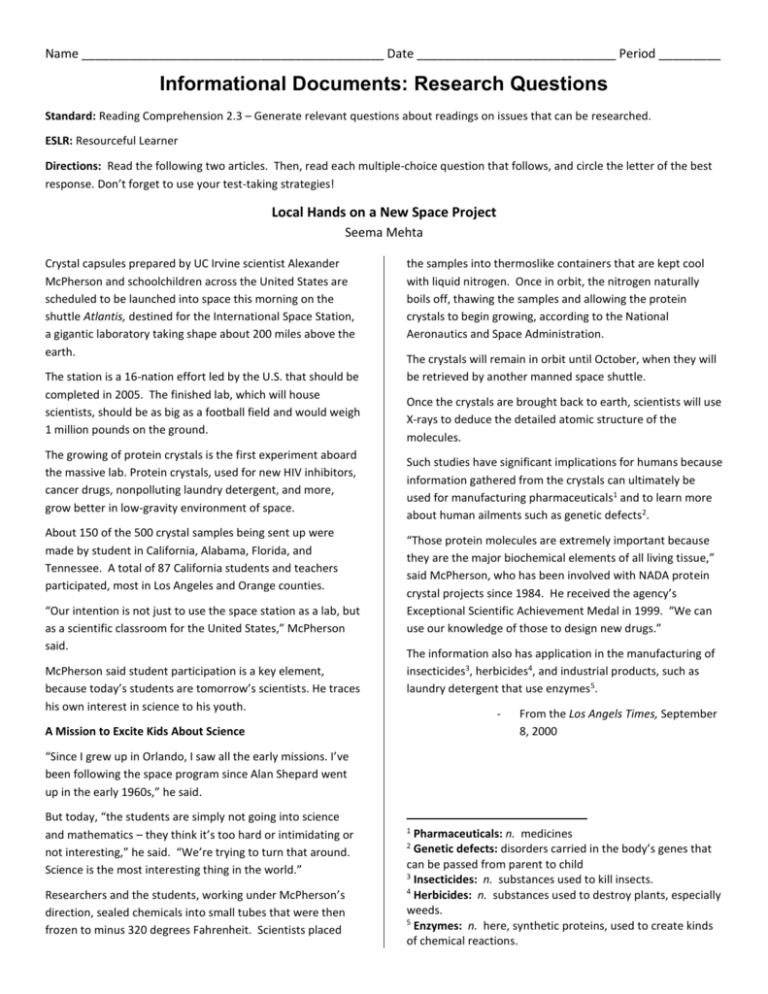
Name ____________________________________________ Date _____________________________ Period _________ Informational Documents: Research Questions Standard: Reading Comprehension 2.3 – Generate relevant questions about readings on issues that can be researched. ESLR: Resourceful Learner Directions: Read the following two articles. Then, read each multiple-choice question that follows, and circle the letter of the best response. Don’t forget to use your test-taking strategies! Local Hands on a New Space Project Seema Mehta Crystal capsules prepared by UC Irvine scientist Alexander McPherson and schoolchildren across the United States are scheduled to be launched into space this morning on the shuttle Atlantis, destined for the International Space Station, a gigantic laboratory taking shape about 200 miles above the earth. The station is a 16-nation effort led by the U.S. that should be completed in 2005. The finished lab, which will house scientists, should be as big as a football field and would weigh 1 million pounds on the ground. The growing of protein crystals is the first experiment aboard the massive lab. Protein crystals, used for new HIV inhibitors, cancer drugs, nonpolluting laundry detergent, and more, grow better in low-gravity environment of space. About 150 of the 500 crystal samples being sent up were made by student in California, Alabama, Florida, and Tennessee. A total of 87 California students and teachers participated, most in Los Angeles and Orange counties. “Our intention is not just to use the space station as a lab, but as a scientific classroom for the United States,” McPherson said. McPherson said student participation is a key element, because today’s students are tomorrow’s scientists. He traces his own interest in science to his youth. the samples into thermoslike containers that are kept cool with liquid nitrogen. Once in orbit, the nitrogen naturally boils off, thawing the samples and allowing the protein crystals to begin growing, according to the National Aeronautics and Space Administration. The crystals will remain in orbit until October, when they will be retrieved by another manned space shuttle. Once the crystals are brought back to earth, scientists will use X-rays to deduce the detailed atomic structure of the molecules. Such studies have significant implications for humans because information gathered from the crystals can ultimately be used for manufacturing pharmaceuticals1 and to learn more about human ailments such as genetic defects2. “Those protein molecules are extremely important because they are the major biochemical elements of all living tissue,” said McPherson, who has been involved with NADA protein crystal projects since 1984. He received the agency’s Exceptional Scientific Achievement Medal in 1999. “We can use our knowledge of those to design new drugs.” The information also has application in the manufacturing of insecticides3, herbicides4, and industrial products, such as laundry detergent that use enzymes5. - A Mission to Excite Kids About Science From the Los Angels Times, September 8, 2000 “Since I grew up in Orlando, I saw all the early missions. I’ve been following the space program since Alan Shepard went up in the early 1960s,” he said. But today, “the students are simply not going into science and mathematics – they think it’s too hard or intimidating or not interesting,” he said. “We’re trying to turn that around. Science is the most interesting thing in the world.” Researchers and the students, working under McPherson’s direction, sealed chemicals into small tubes that were then frozen to minus 320 degrees Fahrenheit. Scientists placed 1 Pharmaceuticals: n. medicines Genetic defects: disorders carried in the body’s genes that can be passed from parent to child 3 Insecticides: n. substances used to kill insects. 4 Herbicides: n. substances used to destroy plants, especially weeds. 5 Enzymes: n. here, synthetic proteins, used to create kinds of chemical reactions. 2 1. Which research question is MOST relevant to the information in the article? A. What have scientists deduced about the atomic structure of the molecules of a protein crystal? B. What techniques do master teachers use to make science and math more appealing to high school students? C. What is the history of the U.S. space program? D. Who is Alan Shepard? 2. Which research question would probably yield the MOST relevant information about future experiments planned for the ISS? A. What is the likelihood of future experimentation in space? B. How profitable is experimentation on the ISS? C. What do the scientists hope to learn from space experiments? D. What are the research plans for the ISS for the next two years? 3. Which of the following research questions about protein crystals is the MOST narrow and focused? A. Why are the protein crystals important? B. What are the results of some recent experiments in space? C. How will the information gained from protein-crystal research be used practically? D. What are the different types of crystals, and how does each grow? 4. If you were using a search engine on the Internet to try to find out more about the research experiment described in this article, which search term would probably be MOST helpful? A. UC Irvine B. Space science C. International Space Station D. Exceptional Scientific Achievement Medal 5. To find out the design of the ISS (what it looks like), which resource would be the MOST helpful? A. a recent magazine article about experiments aboard the ISS B. the ISS NASA-sponsored Web site. C. an encyclopedia article about Alexander McPherson D. a book about the history of U.S. space program published in 1997 6. For conducting further Internet research on the ISS, which kind of Web site would probably provide the MOST reliable source of information? A. a government-agency site on the U.S. space program B. a former astronaut’s personal Web site C. the Web site of a graduate student in molecular science, the subject of which is growing crystals in space D. a popular author’s Web site, the subject of which is space exploration and experiments in space


